New Study: Majority of Mass Shootings Linked to Domestic Violence
Authored by Educational Fund to Stop Gun Violence state affairs manager Lisa Geller, the paper is the first to find mass shootings with domestic violence connections have higher fatality rates
WASHINGTON — More than two-thirds of mass shootings are domestic violence incidents or are perpetrated by shooters with a history of domestic violence, according to one of the first peer-reviewed research papers exploring the links between domestic violence (DV) and mass shootings. The paper also finds that DV-related mass shootings are associated with higher fatality rates than mass shootings unrelated to DV.
In the paper published in Injury Epidemiology, Lisa Geller, MPH, lead author of the paper and state affairs manager of the Educational Fund to Stop Gun Violence (EFSGV), analyzed data from the Gun Violence Archive between 2014 and 2019 to reach two major conclusions. First, that in more than two-thirds (68.2%) of mass shootings analyzed, the perpetrator either killed family or intimate partners or the shooter had a history of domestic violence; and second, that DV-related mass shootings were associated with a greater fatality rate. On average, only one in six people survive a DV-related mass shooting compared to one in three people for non-DV mass shootings.
Geller and co-authors defined a ‘mass shooting’ as an incident with four or more fatalities by gunfire, not including the perpetrator.
“Gun violence has many forms, but it is clear that a history of interpersonal violence should be a deciding factor in whether or not an individual should continue to have access to a gun,” said Lisa Geller, EFSGV’s state affairs manager and lead author of the study. “Our study found a clear connection between domestic violence and mass shootings, and we found that mass shootings connected to domestic violence incidents or perpetrated by a shooter with a history of domestic violence have higher fatality rates. While there are several reasons this could be, it’s possible the intent behind the perpetrator of a DV-related mass shooting may be different than a shooter who seemingly targets victims indiscriminately in public places.”
The paper’s conclusions have critical ramifications for gun violence prevention policy, clearly demonstrating the importance of disarming domestic abusers. The paper adds to earlier scholarship on the broader links between DV and gun violence which show that a woman is 400% more likely to be killed by an abuser if there is a gun in the home, and that half of all intimate partner homicides are perpetrated using a gun.
Geller and co-authors Marisa Booty, MHS and Cassandra K. Crifasi, PhD, MPH cross-referenced the data from the Gun Violence Archive with news articles for 110 mass shootings between 2014 and 2019 to determine the perpetrator’s history of domestic violence. Geller and co-authors categorized the shootings as either:
1. DV-related — at least one victim of a mass shooting was a dating partner or family member of the perpetrator;
2. History of DV — the perpetrator had a history of DV, but the mass shooting was not directed toward partners or family members; or
3. Non-DV-related — the victims were not partners or family members, and the perpetrator did not have any mentions of a history of DV.
The analysis concludes that:
1. 59.1% (65 of the 110 total shootings) were DV-related;
2. 9.1% (10 of the 110 total mass shootings) were perpetrated by an individual with a history of DV;
3. 68.2% (75 of the 110 total shootings) were either DV or history of DV-related and;
4. 31.8% (35 of the 110 mass shootings) were non-DV-related.
The case fatality rate (CFR) for the four categories were as follows:
1. 83.7%: DV-related
2. 53.8%: history of DV
3. 63.1%: non-DV-related
4. 73.7%: hybrid DV category (DV and history of DV combined)
Geller’s work with EFSGV includes advocacy on behalf of the Coalition to Stop Gun Violence (CSGV), EFSGV’s affiliate organization. CSGV has supported policies to disarm domestic abusers including closing the dating partner loophole to allow firearm removal and prohibitions on purchase and possession from abusive dating partners, not just abusive spouses. To learn more about the links between DV and gun violence, click here.
Read the full paper in the Journal of Injury Epidemiology here.
###
CONTACT:
Julia Friedmann, West End Strategy Team
jfriedmann@westendstrategy.com; 202.702.3302
About the Educational Fund to Stop Gun Violence
The Educational Fund to Stop Gun Violence is a 501(c)(3) affiliate organization of the Coalition to Stop Gun Violence, the nation’s oldest gun violence prevention organization. EFSGV uses a public health and equity lens to identify and implement evidence-based policy solutions and programs to reduce gun violence in all its forms and to make gun violence rare and abnormal. EFSGV is the gun violence prevention movement’s premier research intermediary and founder of the Consortium for Risk-Based Firearm Policy, a group of academics and practitioners who collaborate to develop innovative recommendations for policymakers.
